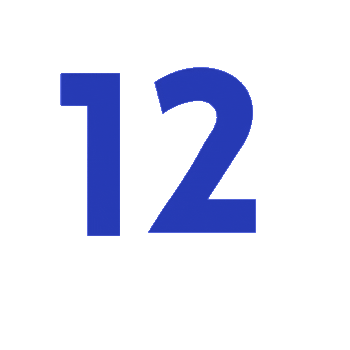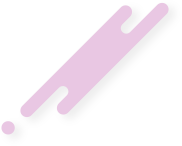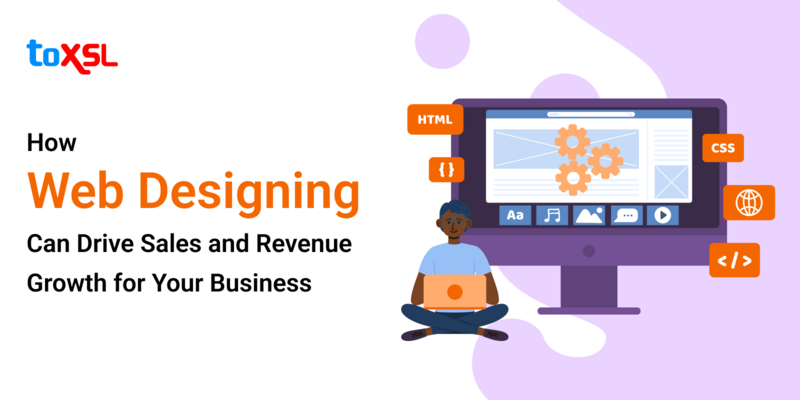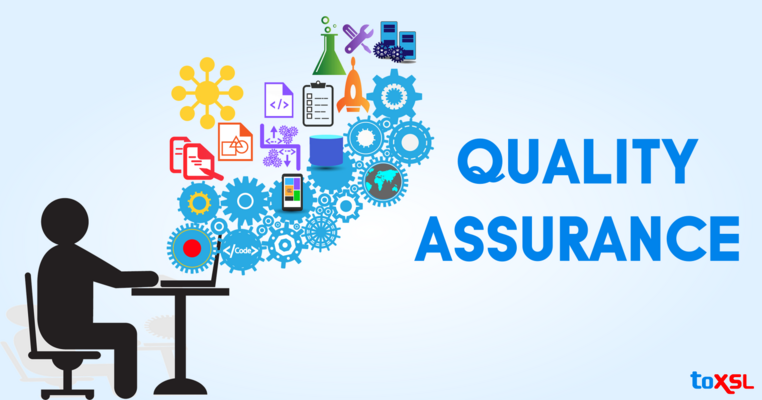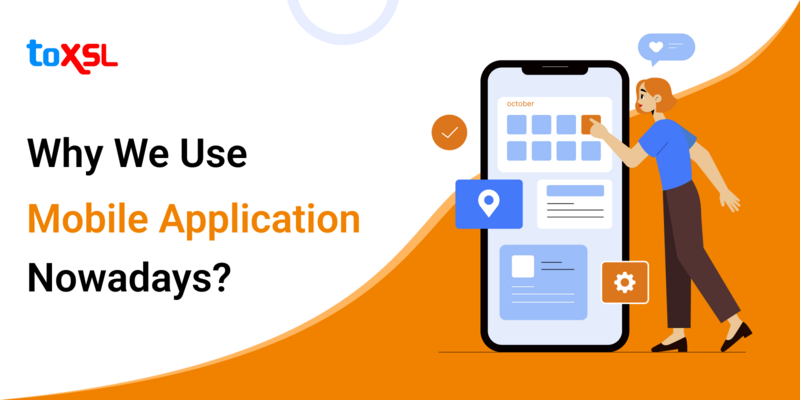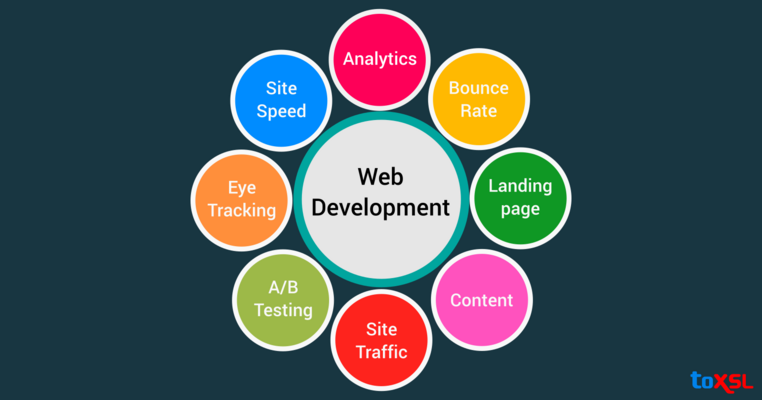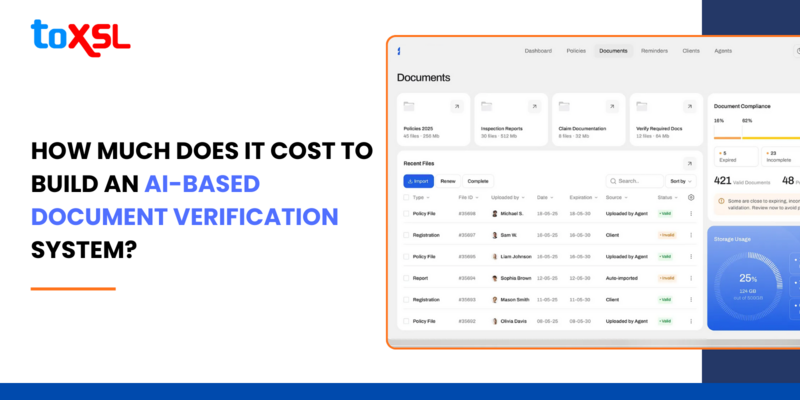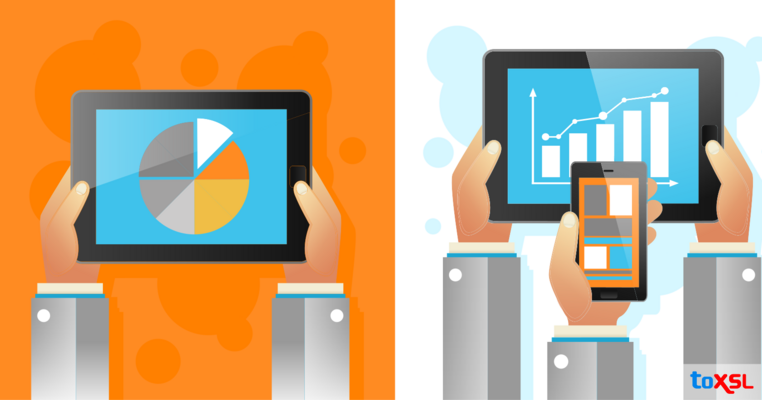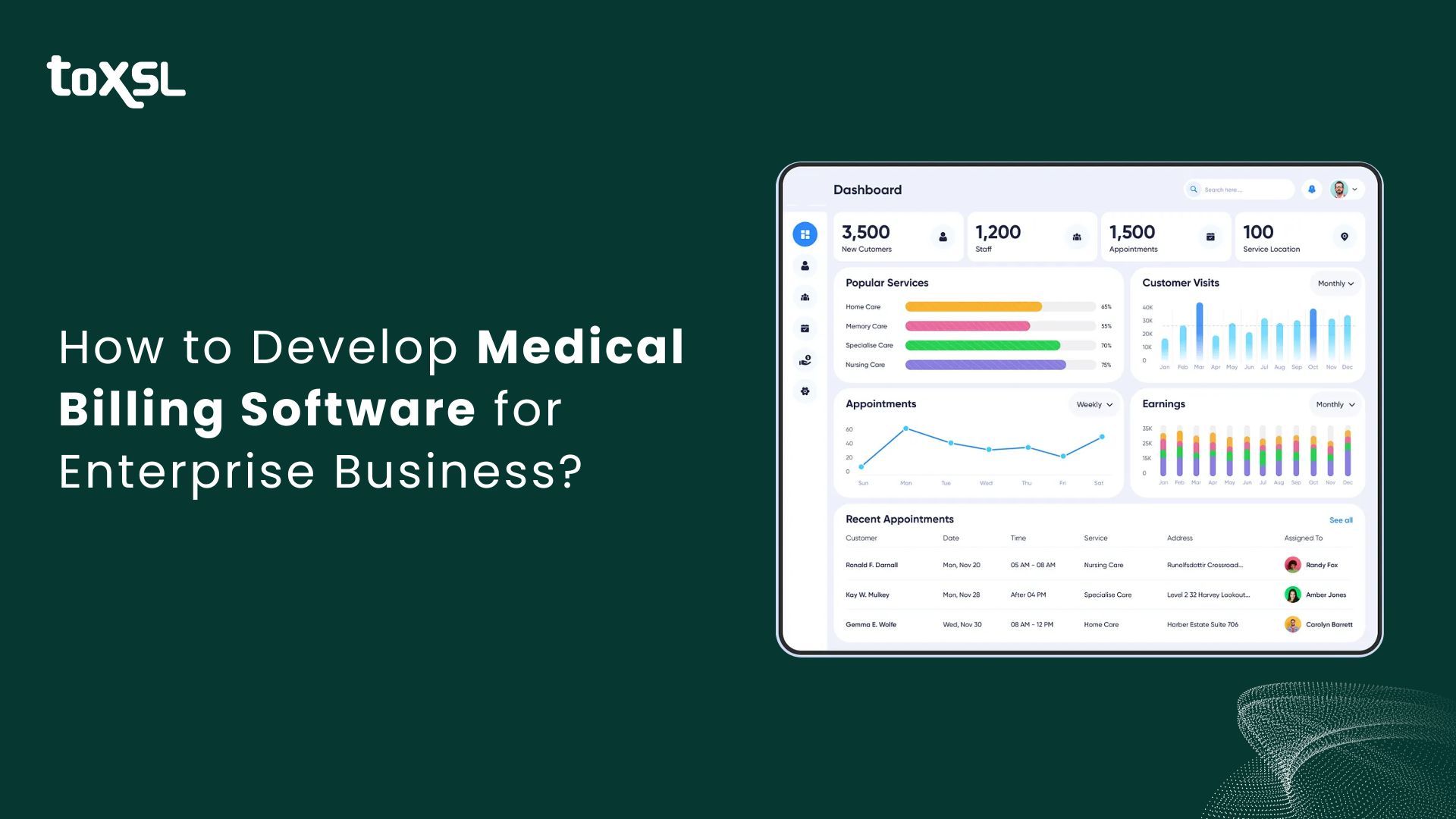
Medical billing software development helps healthcare and medical institutes manage everything from booking an appointment to taking care of patients after they leave. Traditionally, many people from different departments used to work together, either directly or indirectly, to make a booking or an appointment with doctors. The entire process used to be manual, leading to higher chances of mistakes. However, one single mistake can cost hospitals around $68 billion annually. This is where medical billing software comes into the picture.
Medical Billing software can help healthcare businesses eliminate such mistakes and streamline the business operation. It helps businesses automate the invoicing process, maintain charges, record test history, and document payments. The software can verify invoices, store the data, and prevent fraudulent claims.
The medical billing software market is split into different regions and types, such as hospitals, clinics, claims scrubbing, code and charge entry, and compliance tracking. It is growing steadily at around 12% each year from 2022 to 2030. The market is expected to reach $285.25 billion by 2029, driven by rising healthcare demands, more use of digital tools, and the need for better billing systems worldwide.
Types of Medical Billing Software
Medical billing software comes in two main types:
Cloud-based: Cloud-based software can be used from any place with internet, is easy to update, and usually costs less at the start.
On-premises: On-premises software offer complete control over data on local computers, giving more control and can be changed to fit needs better, but it usually costs more and needs someone to take care of it.
There are also other types based on what they do:
Integrated EHR and billing systems: These systems put patient records and billing together to make work easier.
Standalone Billing App: These apps only handle billing but can connect to other systems.
Mobile Billing App: These apps allow doctors and staff to do billing on their phones or tablets, so they can work anywhere.
Medical Billing Software Development: Key Features
Here are the key features of medical billing software development:
Patient Pre-registration Processes: Medical billing software works better when the billing process is set up properly. One important part is patient pre-registration. This means gathering important information about the patient before they come in, like their medical history, insurance details, and personal information. Having this information ahead of time helps doctors take better care of patients and reduces waiting time. It also helps the software avoid mistakes later on. Doctors can check the information quickly and accurately when they need it.
Automated Health Insurance Claims Processing: Automated health insurance claims processing is a key part of medical billing software. It helps handle many important tasks like creating, tracking, and sending claims to insurance companies. It also finds and fixes errors, manages denied claims, and oversees the entire payment process. Adding this feature to medical billing software is very important because it takes care of most money-related work. It makes billing accurate and keeps reports organized, so doctors and medical staff can focus on taking good care of their patients.
Patient Appointment Scheduling Tools: The appointment scheduling feature helps keep medical billing codes accurate. Some important parts of scheduling that your medical billing software should have been:
- Keeping track of how many patients come in
- Recording details about the treatment
- Knowing what type of appointment it is
- Managing follow-up visits
Cost to Develop Medical Billing Software
In general, the cost to develop medical billing software ranges between $10,000 to $150,000, depending on business requirements. However, this cost is not fixed and can change due to numerous factors such as features, complexity, and technology stack used by the developers. Also, the cost varies a lot depending on the level of customization, integration with various systems, and security and compliance requirements. Further, the location of your developers also decides the cost of development. For example, the hiring cost of developers from Western European countries is more than that of Asian countries.
Benefits of Medical Billing Software Development
Custom medical billing software offers wonderful benefits for medical practices, and in this section, we will shed light on the benefits of Medical Billing Software.
Automated Processes: Medical billing software makes it easy for healthcare businesses to automate and streamline bill claims and reimbursement processes. This improves operational efficiency and handles follow-up claims by sending notifications and timely alerts.
Reduced Errors: Medical billing software uses smart tools to check patient claims for errors before sending them. It combines information from medical reports and treatments to make coding easier and more correct. Artificial Intelligence helps by doing coding and record-keeping automatically, saving time. The software keeps coding safe and clear in patient records, which lowers the chance of claim problems and helps healthcare providers get paid faster and work smoothly.
Payment Options: Medical billing software connects with many payment methods, so patients have different choices to pay. It has easy-to-use mobile websites where patients can pay bills anytime, anywhere. These payment options make paying easier for patients and help doctors get paid faster.
Cost-effective: Custom billing software helps reduce mistakes and speeds up work, so fewer people are needed and costs go down. It connects with insurance companies to get money faster. Compared to regular software, custom software saves money in the long run and doesn’t need many expensive updates. It also gives useful information to help healthcare providers choose the best billing system.
Improved Revenue Cycle Management: Medical billing software helps manage the billing process from sending claims to receiving payments. It lets healthcare providers check claims right away, so they can solve problems and stop claims from being denied. This software speeds up and improves payment collection, helping healthcare organizations keep their money strong.
Medical Billing Software Development Processes
Let us shed some light on the development process of medical billing software:
First Service Encounter: This is the first step in starting any project. You can contact our sales or business team through our website. Within 24 hours, a project coordinator will get in touch with you to understand what you need and help guide you through the next steps.
Design Stage: In this stage, we will get to know your ideas and what you need for the project. We will create a clear plan and see how it fits with your business goals. Our team, including designers, business analysts, and solution experts, will meet to talk about the project details like the work involved, goals, risks, and important quality points. After the meeting, the project coordinator will give you an estimate of how long the project will take and how much it will cost.
Research Stage: Once we have gathered and understood your requirements, the team will organize them. This helps us plan the development better and ensures high quality. The medical billing software team will turn your needs into a detailed plan, including the key features, any third-party tools to connect, and the platform for the software.
Development Stage: Before starting the next sprint, we will meet with you to talk about your expectations and decide which features to add next. We also create a Proof of Concept (POC) to test if the medical billing software works well in your healthcare setting. The POC is like a test run simple version of the software that helps us see how it performs in real life. This way, we can find any problems, understand which features are useful, and spot risks before building the full software. During full development, we will connect the software with other systems like EHR and insurance companies. This makes sure the data is accurate, speeds up work, allows billing in real time, saves costs, and keeps patient information safe.
Quality Assurance: This stage runs side by side to that of the development stage. After development, software is sent to the QA team to check of any issues. If any bug is found, it is sent back to the developer to fix it.
Maintenance and Support: Medical billing software sometimes needs different kinds of technical help. That’s why it’s important to choose the company that makes the software for maintenance. They can fix problems fast, make the software better based on user feedback, and add new features when needed.
Final Words
ToXSL Technologies is a leading medical billing software development company, helping medical business streamline their business. With years of experience, our team of experts developers offer the most innovative and effective solution to the businesses worldwide. Want to learn more how our experts can help you reshape your business? Contact us to learn more.
FAQs
1. What is medical billing software for enterprise businesses?
Medical billing software automates the process of billing insurance companies and patients. It tracks patient information, processes claims, and manages payments. For enterprise businesses, it’s designed to handle large volumes of data, ensuring compliance with regulations and streamlining revenue cycle management.
2. What are the key features of medical billing software?
Key features include patient management, claim generation, payment tracking, insurance verification, reporting, and HIPAA compliance. The software should also support integration with Electronic Health Records (EHR) systems, enabling seamless data exchange and accurate billing.
3. How do I ensure compliance when developing medical billing software?
To ensure compliance, the software must adhere to regulations like HIPAA (Health Insurance Portability and Accountability Act) for data security and privacy. It should also support ICD-10 codes, insurance claim formats, and maintain audit trails to meet industry standards.
4. What technology stack is used to develop medical billing software?
Common technologies include programming languages like Python, Java, or C#, databases such as MySQL or PostgreSQL, and cloud platforms like AWS or Azure for scalability. Additionally, integration with APIs for insurance verification and claim processing is crucial.
5. How long does it take to develop medical billing software?
The development time varies based on complexity and features but typically ranges from 6 months to a year. This includes design, testing, and regulatory compliance phases. For enterprise-level solutions, development may also involve ongoing updates and support.

